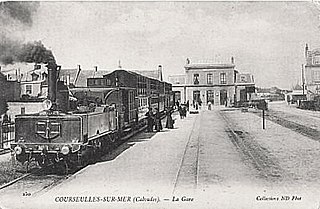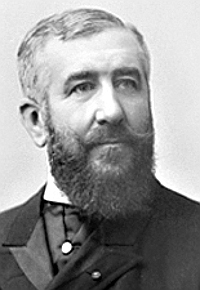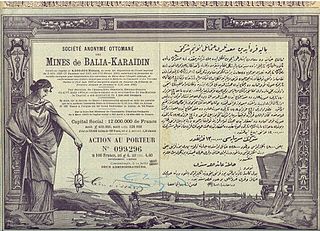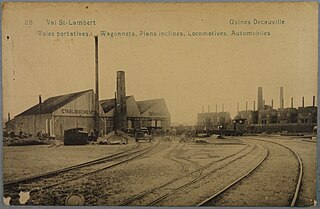
Petite-Synthe is a former commune of the Nord département in northern France.

Grande-Synthe is a commune in the Nord department in the Nord-Pas de Calais region in northern France.

The Chemins de Fer du Calvados was a 600 mm narrow gauge railway in the département of Calvados.

Decauville was a manufacturing company which was founded by Paul Decauville (1846–1922), a French pioneer in industrial railways. Decauville's major innovation was the use of ready-made sections of light, narrow gauge track fastened to steel sleepers; this track was portable and could be disassembled and transported very easily.

The Baldwin Class 10-12-D was a class of narrow gauge 4-6-0PT steam locomotives built by the Baldwin Locomotive Works (USA) for the British War Department Light Railways for service in France during World War I. They were built in 1916–1917 to 600 mm gauge.

Issé is a commune on the banks of the river Don in the Loire-Atlantique department in western France. It is situated 10 km southeast of Châteaubriant.

The Tramway de Pithiviers à Toury was a 600 mm gauge railway in the Loiret department of France. It was built to carry sugar beet and was 80 kilometres (50 mi) long.

Paul Decauville was a French engineer and businessman. He was also mayor of Evry-Petit Bourg and senator from Seine-et-Oise.
Rail transport in Morocco was initially developed during the protectorate. It functioned primarily as a means to mobilize colonial troops and to transport natural resources. Later, a standard-gauge network was built.

The history of rail transport in Madagascar began at the end on the nineteenth century, with the construction of industrial and military Decauville lines in the north of the country, centred on the port of Diego-Suarez.
The French National Railways used to run a considerable number of 1,000 mmmetre gauge lines, a few of which still operate mostly in tourist areas, such as the St Gervais-Vallorcine (Alps) and the "Petit Train Jaune" in the Pyrenees. The original French scheme was that every sous-prefecture should be rail connected. Extensive 600 mm gauge lines were also built for the sugar-beet industry in the north often using ex-military equipment after the First World War. Decauville was a famous French manufacturer of industrial narrow-gauge railway equipment and equipped one of the most extensive regional 600 mm narrow-gauge railway, the Chemins de fer du Calvados. Corsica has a narrow-gauge network of two lines following the coast line, that are connected by one line crossing the island through highly mountainous terrain. The petit train d'Artouste, a tourist line in the Pyrenees, uses 500 mm gauge.

French Morocco had from 1912 to 1935 one of the largest 600 mm gauge network in Africa with a total length of more than 1,700 kilometres (1,100 mi). After the treaty of Algeciras where the representatives of Great Powers agreed not to build any 1,435 mm standard-gauge railway in Morocco until the standard-gauge Tangier–Fes railway being completed, the French begun to build military 600 mm gauge lines in their part of Morocco French Morocco.

The Palamutluk–Balya–Mancılık railway was a 97.5-kilometre (60.6 mi), horse-drawn, narrow-gauge railway in Balıkesir Province, western Turkey. The line used the Decauville system of portable track units and was built to link coal and lead mines to the coast for export. When completed the line ran from the lignite mine near Mancılık to the galena mines at Balya and then turned southwest to run through the village of Osmanlar to a terminus at Palamutluk. From Palamutluk, ore could be carried via road on horse carts to wharfs on the Gulf of Edremit. In 1923, the Palamutluk–Balya railway was linked to the Ilıca–Palamutluk railway, which replaced horse carts in transporting the ore to the coast.

The Decauville Railway of the Cobazet Estate was a 12 km (7.5 mi) long narrow-gauge railway with a gauge of 600 mm near Mosset in the Pyrénées-Orientales department in southern France.

The Decauville railway of the Watissart quarries was a narrow-gauge railway of the quartzite and marble quarries in Jeumont in the Département Nord in the Hauts-de-France region. The former quarries have been flooded to create a lake that is now used as a nature reserve and recreational area for fishing, swimming and diving.

The Decauville factory in Val-Saint-Lambert was a Belgian subsidiary of the French narrow-gauge railway manufacturer Decauville. It was founded in 1895 and taken over by the Berlin-based company O&K from 1911.

The Decauville factory in Diano Marina produced prefabricated narrow gauge railway track and rolling stock from 1889 to 1895 in Diano Marina, Italy.

The Decauville factory in Aulnay-sous-Bois produced prefabricated narrow gauge railway track and rolling stock from 1914 to the 1950s in Aulnay-sous-Bois, France.

The Decauville railway of Suberbieville was a Decauville narrow-gauge railway near Maevatanana in Madagascar. It initially had a track gauge of 600 mm and after the arrival of six steam locomotives in 1896, it was metre gauge.

The narrow gauge railway Issé–Abbaretz was an approximately 20 km (12 mi) long Decauville railway with a gauge of 600 mm between the open-cast iron ore mines near Le Houx and the railway stations of Issé and Abbaretz in the French département of Loire-Atlantique in the Pays de la Loire region, which was mainly in operation 1913–1922 and 1928–1930.


















